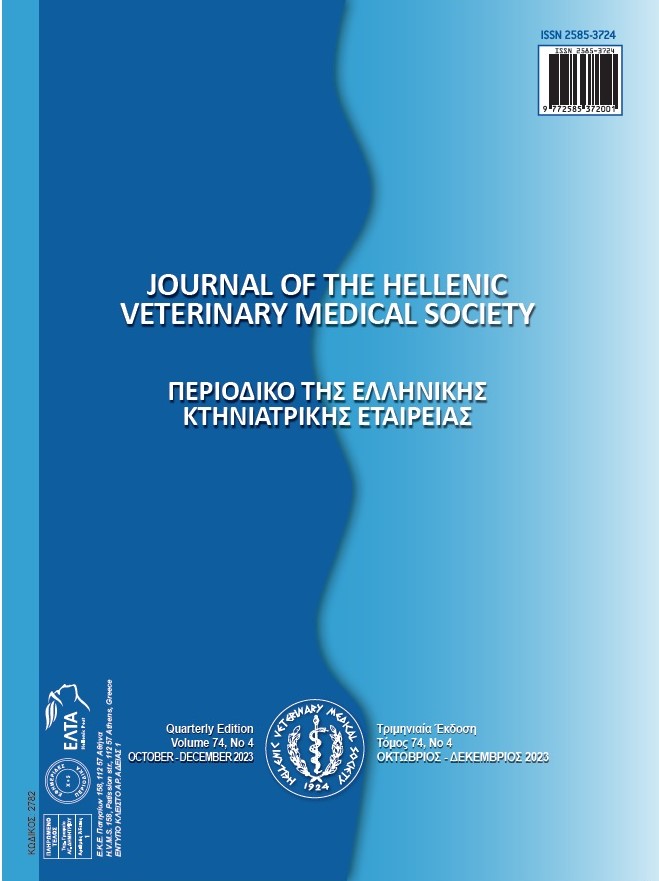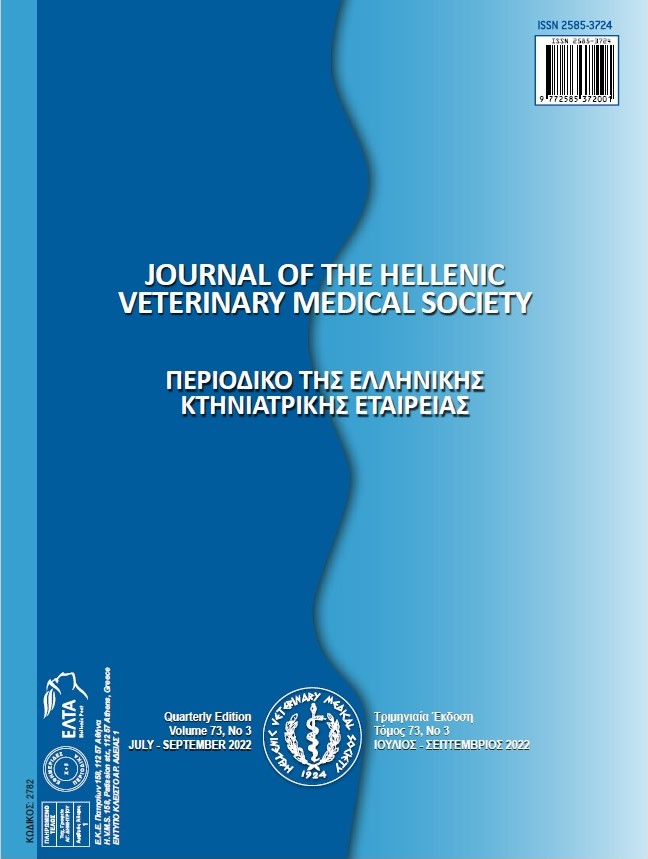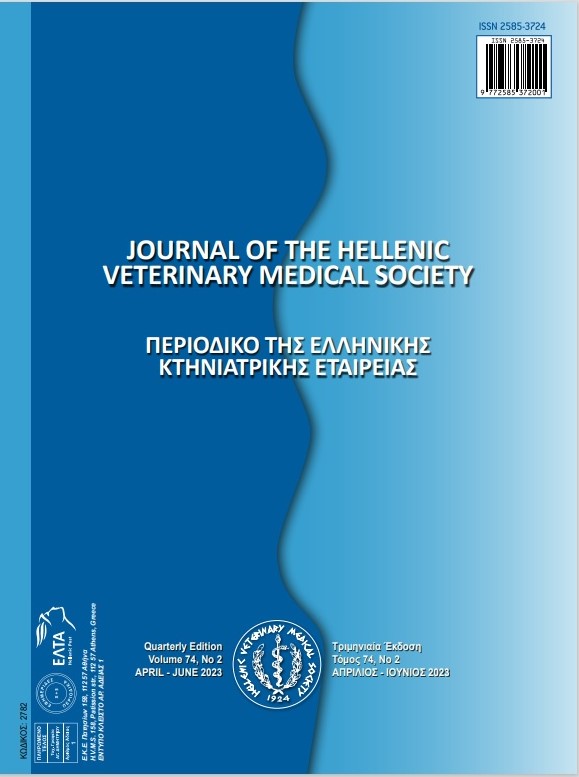Effects of different levels of iron, iodine and vitamin B12supplementation on egg quality and antioxidant capacity of eggs at different times of storage in laying hens

Abstract
The experiment was carried out to evaluate the effects of adding different levels of iron salts, iodine and vitamin B12 on yield, quality traits and antioxidant capacity of eggs in laying hens. A total of 320 laying hens (HyLine Variety White, 28 wk old) in a 2x2x2 factorial experiment were randomly assigned to 8 groups, and each group consisting of 40 hens (5 replicates of 8 hens each) for a period of approximately 13 weeks in a completely randomized design. Hens in the control group received a basal diet with no supplementation whereas hens in treat 2 received basal diet supplemented with 400 mg Fe/kg as FeSO4, treat 3 (basal diet + 450 mg I/kg as KI), treat 4 (basal diet + 0.1 mg B12vit/kg), treat 5 (basal diet + 400 mg Fe/kg as FeSO4 + 450 mg I/kg as KI), treat 6 (basal diet + 400 mg Fe/kg as FeSO4 + 0.1 mg B12Vit/kg), treat 7 (basal diet + 450 mg I/kg as KI + 0.1 mg B12Vit/kg), treat 8 (basal diet + 400 mg Fe/kg as FeSO4 + 450 mg I/kg as KI + 0.1 mg B12Vit/kg), respectively. The results showed that the use of iodine and vitamin B12 increased the shell thickness of eggs (P<0.05). The use of iron, iodine and vitamin B12 supplements increased the antioxidant capacity of eggs compared to the control group (P<0.05). The highest antioxidant capacity of eggs (0.77) was observed when these three supplements were used together in the diet of laying hens. The length of storage had significant effects on the weight of albumin and yolk and antioxidant content of eggs (P<0.05). The highest weight of albumin and antioxidant content was at the beginning of storage, while the highest weight of yolk was obtained in 4 weeks after storage, with increasing of storage time to 8 weeks, all three attributes of albumin weight, yolk weight and antioxidant content of eggs decreased (P<0.05). The related effects of interval of the storage and the experimental supplementation, the use of iron, iodine and vitamin B12 supplements increased the antioxidant capacity of eggs, so that the highest amount of antioxidants in eggs in 8 weeks after storage and by supplementing the diets with all three additives (P<0.05). According to the present experiment, the use of iron, iodine and vitamin B12 additives in the diet of laying hens, improves the performance, the content of iron and iodine elements in eggs and maintains the suitable condition of eggs during storage.
Article Details
- Zitationsvorschlag
-
Aghdashi, M., Nobakht, A., & Mehmannavaz, Y. (2024). Effects of different levels of iron, iodine and vitamin B12supplementation on egg quality and antioxidant capacity of eggs at different times of storage in laying hens. Journal of the Hellenic Veterinary Medical Society, 74(4), 6501–6510. https://doi.org/10.12681/jhvms.31449
- Ausgabe
- Bd. 74 Nr. 4 (2023)
- Rubrik
- Research Articles

Dieses Werk steht unter der Lizenz Creative Commons Namensnennung - Nicht-kommerziell 4.0 International.
Authors who publish with this journal agree to the following terms:
· Authors retain copyright and grant the journal right of first publication with the work simultaneously licensed under a Creative Commons Attribution Non-Commercial License that allows others to share the work with an acknowledgement of the work's authorship and initial publication in this journal.
· Authors are able to enter into separate, additional contractual arrangements for the non-exclusive distribution of the journal's published version of the work (e.g. post it to an institutional repository or publish it in a book), with an acknowledgement of its initial publication in this journal.
· Authors are permitted and encouraged to post their work online (preferably in institutional repositories or on their website) prior to and during the submission process, as it can lead to productive exchanges, as well as earlier and greater citation of published work.




